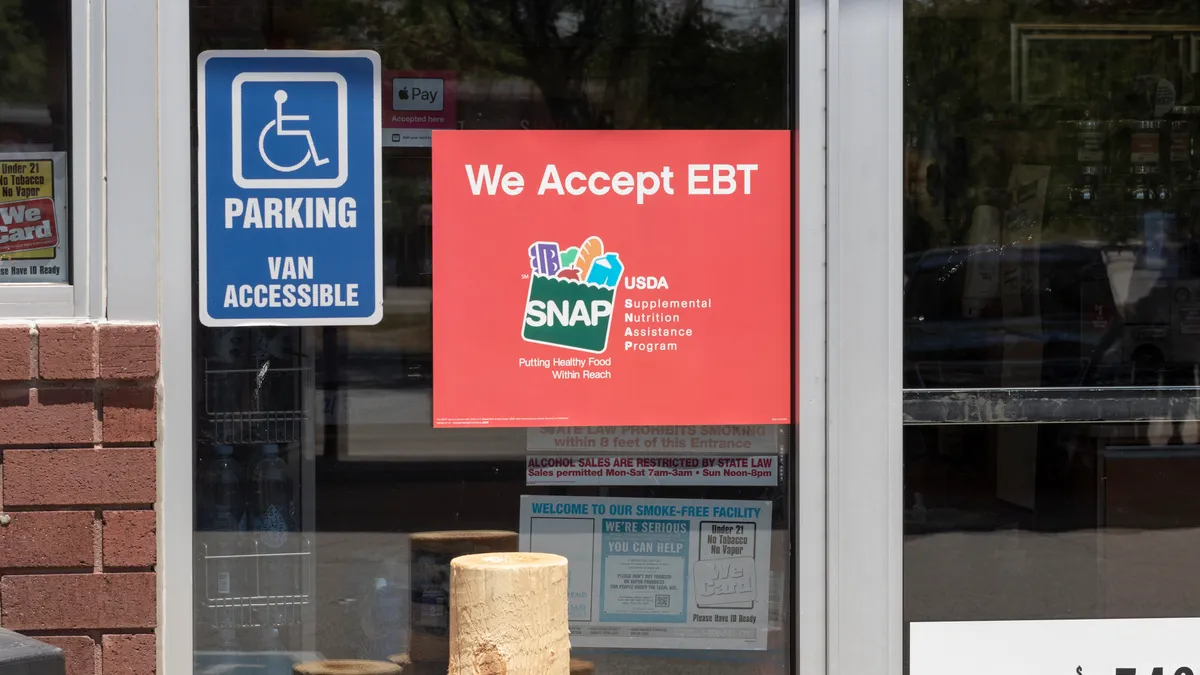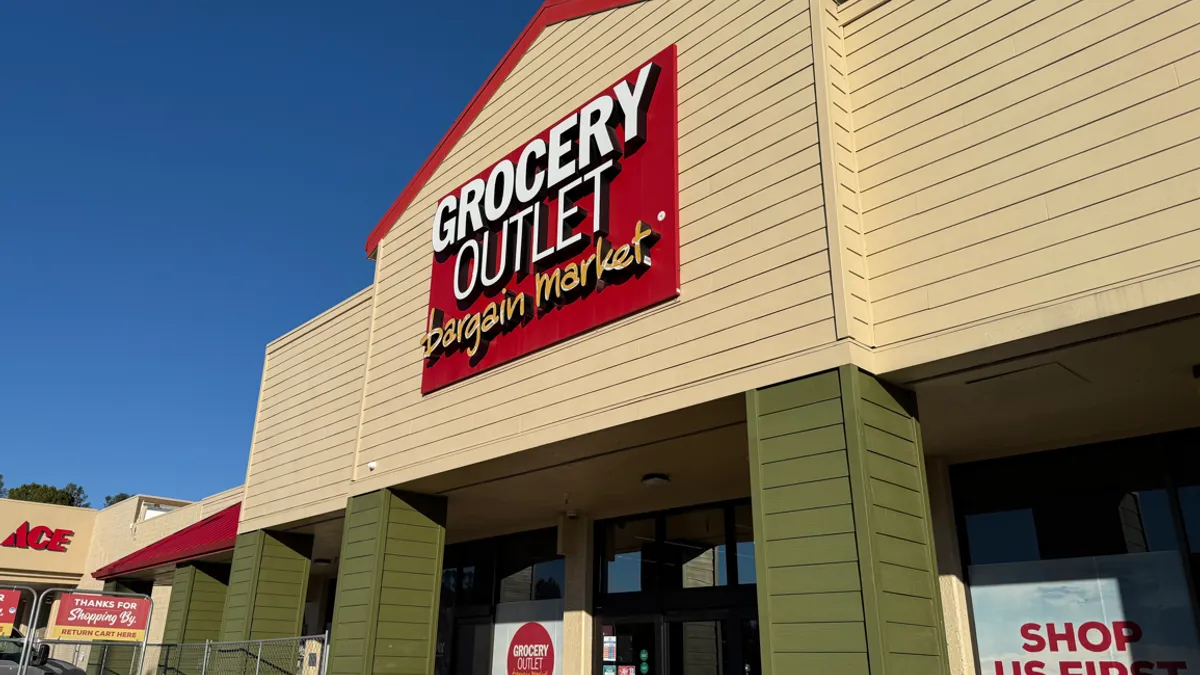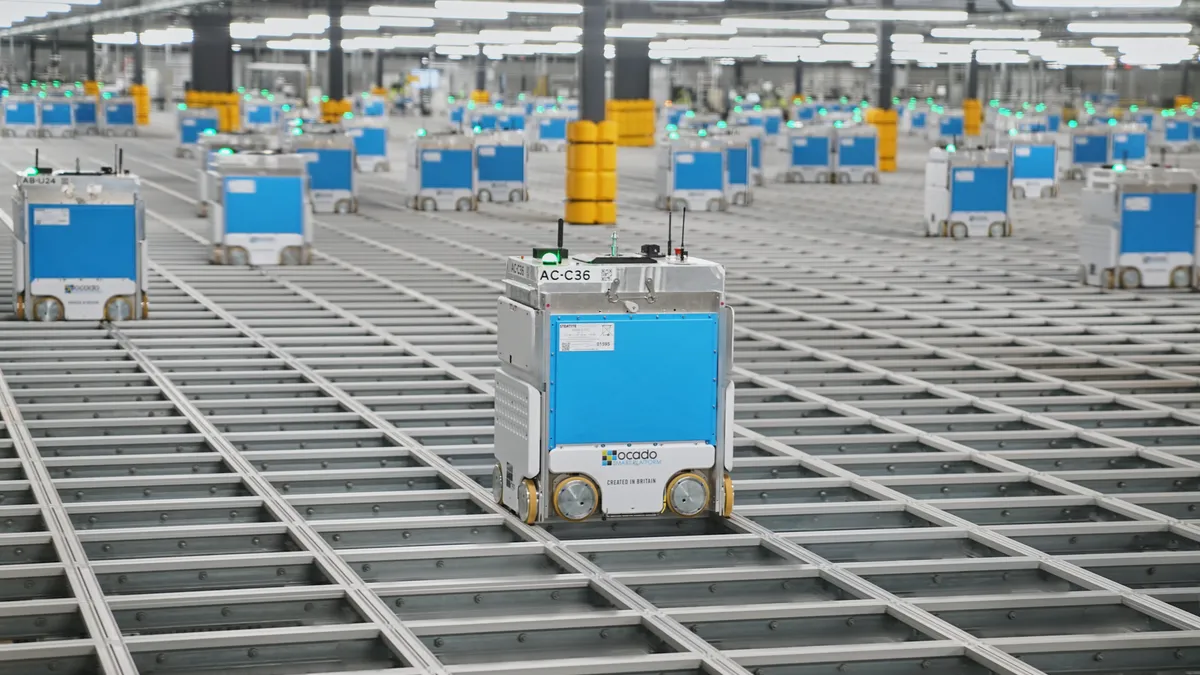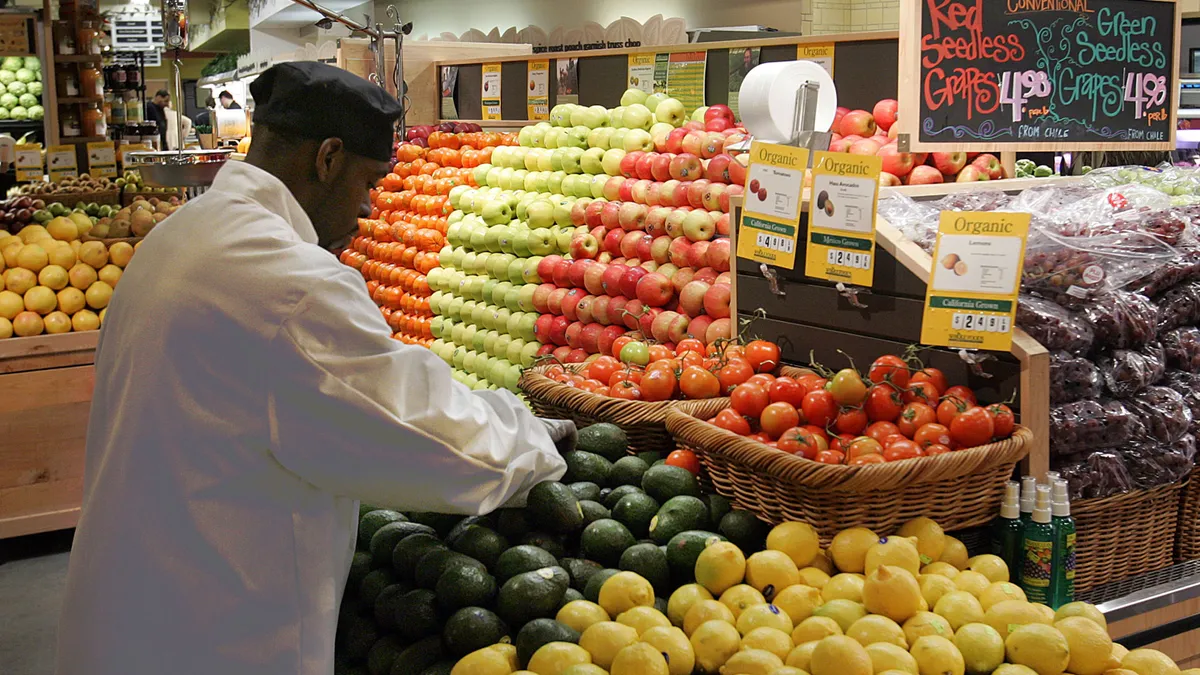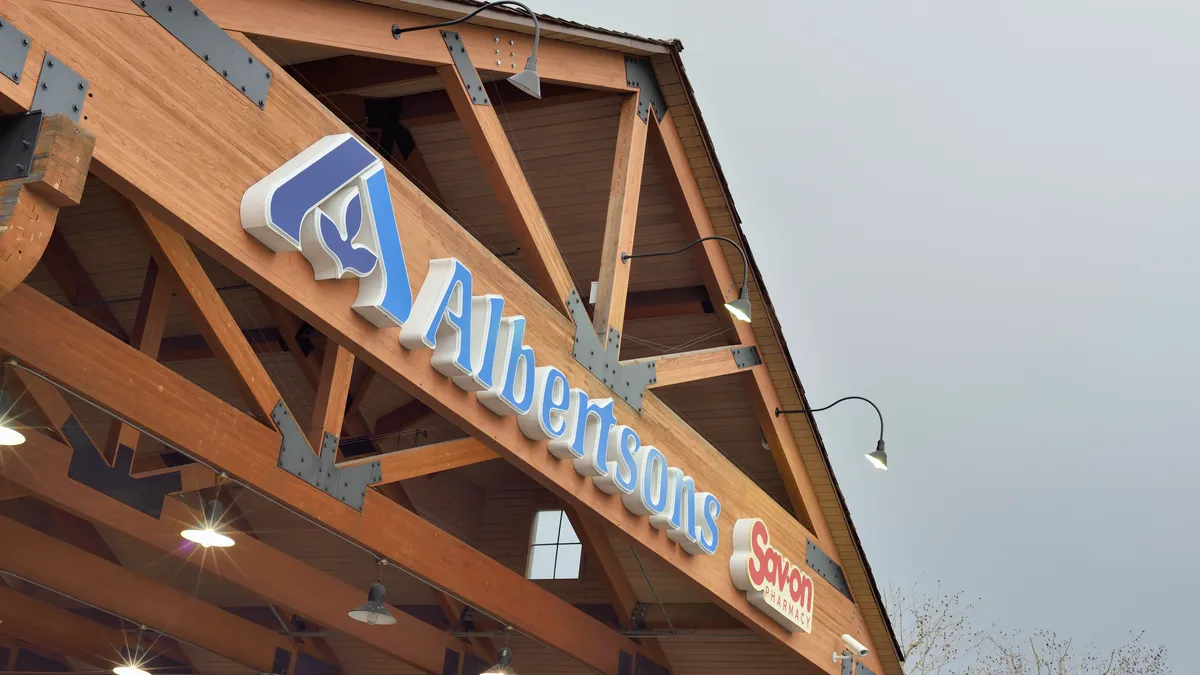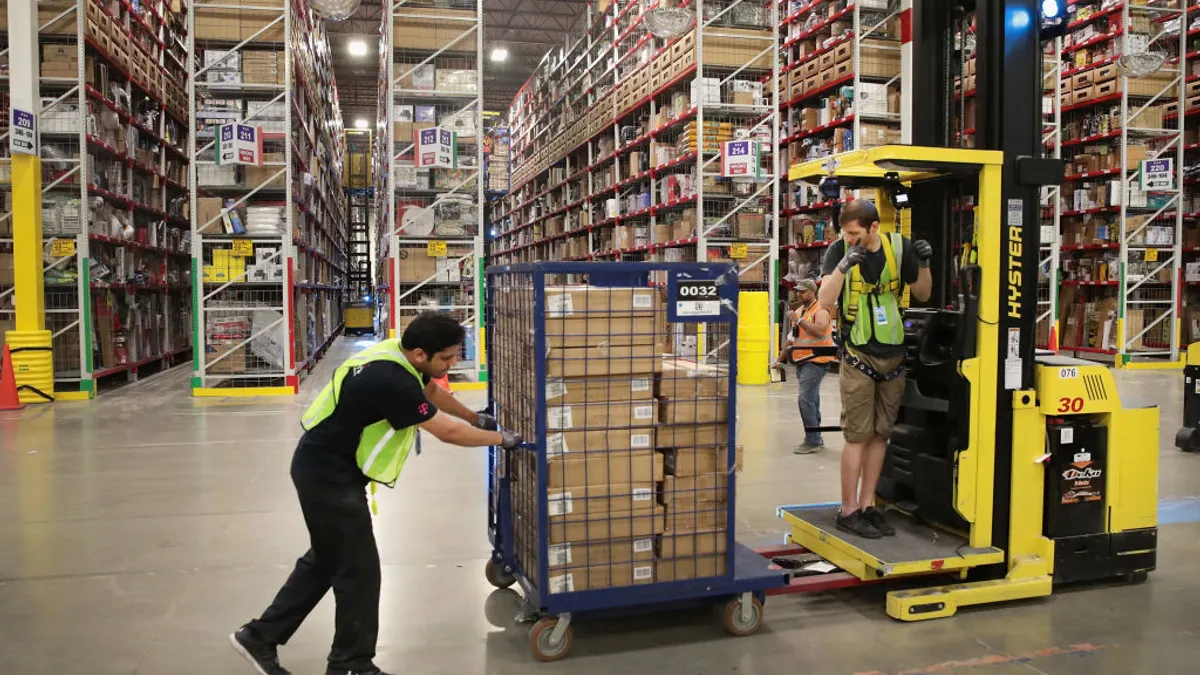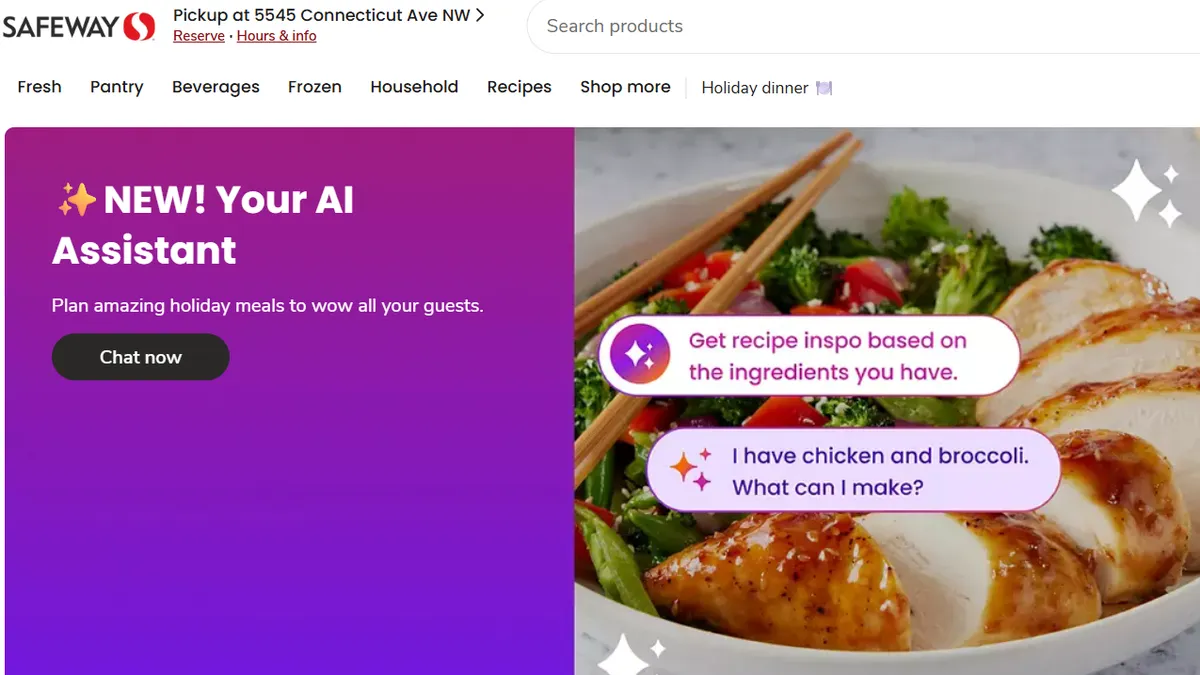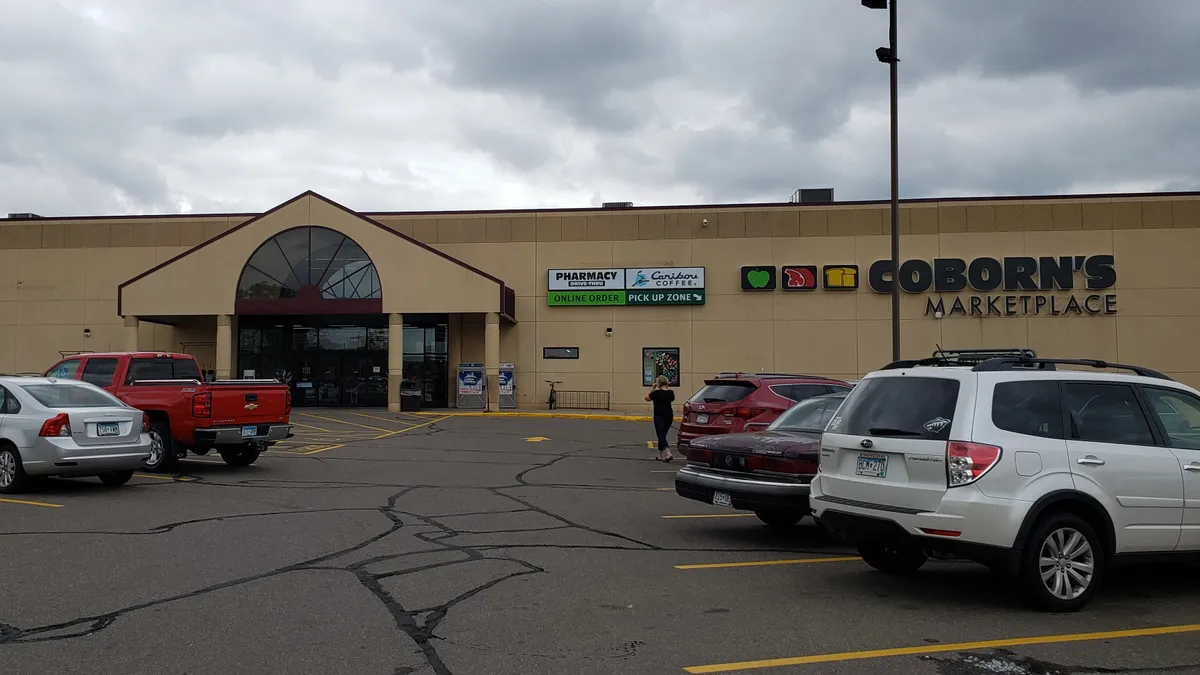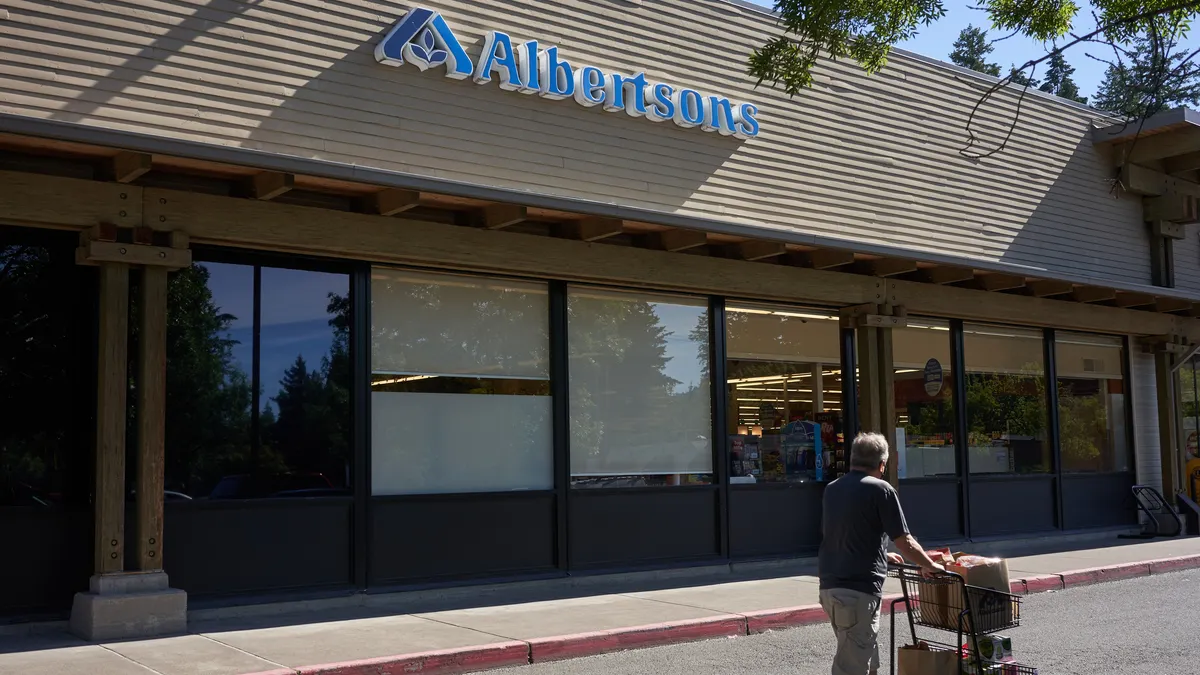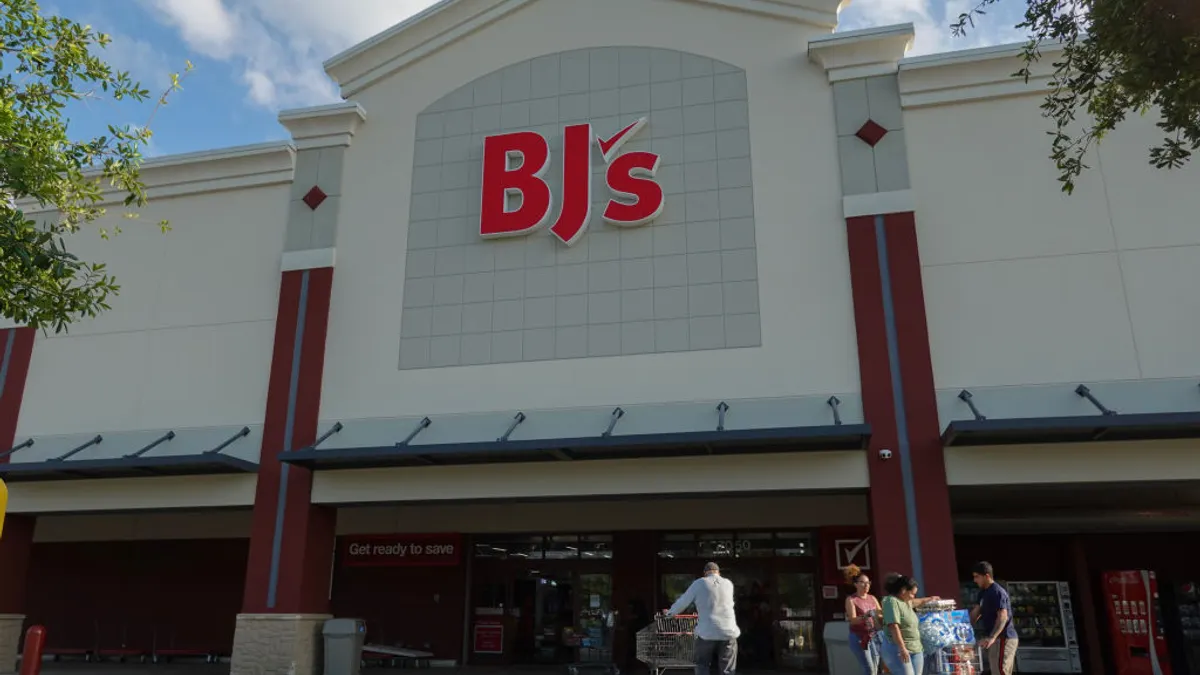From reaching rural customers to appealing to individuals participating in SNAP, grocers face distinct challenges when expanding access to affordable and nutritious food in underserved communities.
Co-hosted by the Global Food Institute at George Washington University, Food Systems for the Future (FSF) and José Andrés, a one-day summit in Washington, D.C., brought together policymakers, retailers, consultants and leaders from trade organizations, and nonprofits to discuss creative ways for grocers to address these obstacles. At the mid-December event, FSF released the Grocery Retail for All report, which lays out case studies and suggested strategies for retailers.
At the start of the summit, Leslie G. Sarasin, president and CEO of FMI — The Food Industry Association, told attendees that the grocery industry faces slim profit margins — the average was 1.6% in 2023 — making grocers often risk averse as “they simply do not have the luxury of making a costly mistake.” Even with the raised stakes, though, the industry is committed to addressing food accessibility, she said.
The report and summit identified two main areas grocers can focus on: improving their business operations and bolstering their relationships with customers.
Meeting customer needs
Understanding what people in a community want out of a grocery store can go a long way in helping retailers build customer loyalty and repeat traffic, especially when catering to people facing food access challenges, FSF said in its recent report.
Shoppers in rural areas, for example, might make infrequent visits to grocery stores, making it difficult for grocers to sustain foot traffic, according to the report. Others might lack easy and reliable transportation to the store or have an unpredictable work schedule, making in-store shopping difficult.
Grocers have opportunities to better accommodate hard-to-reach customers, FSF said. The organization suggested food retailers consider:
- utilizing drop shipping for grocery deliveries,
- offering home delivery for homebound customers,
- adjusting store operations to align with shoppers’ schedules, such as a 24-hour member-access option,
- and offering climate-controlled lockers for grocery pickup orders.
To better meet the needs of underserved areas, Sarsasin said grocers are experimenting with smaller formats, turning to limited-assortment stores in both rural and urban areas and ramping up e-commerce.
“We think online ordering and grocery delivery shows the most promise. … The instigation of online SNAP benefits is a move in the right direction toward improving food access and will get better with time. According to USDA studies, the share of households using online [SNAP] purchasing is growing,” Sarasin said.
While online shoppers like pickup over delivery, people in rural areas prefer pickup service by a wider margin — approximately 70% of the time compared to urban shoppers, who like it about 38% of the time, Sarasin said, citing FMI research. This could be partly due to the fact that SNAP benefits cannot cover delivery fees, she noted.
Stores with registered retail dieticians can give shoppers guidance on healthy eating decisions and nutrition counseling can help address nutrition issues and food security in the surrounding area, Sarasin said.
While many independents and regional grocers struggle with offering competitive pricing and paying higher inventory purchase prices compared to larger retailers, FSF said some have found ways to provide healthy food at affordable prices, from using strategic pricing models or tiered pricing, discounting food nearing its best-by date and accepting a range of government assistance benefits, such as SNAP and WIC.
The report noted that partnering with another local grocer to purchase food together can increase volume and help lower prices from suppliers.
To encourage larger basket sizes, grocers can increase customers’ spending power such as accepting the local version of Double-Up Food Bucks, the report suggested.
Marketing and community engagement can play vital roles in boosting awareness of a retailer, including in-store events, working with local faith leaders to promote activities and surveying shoppers, the report added.
Optimizing operations
For grocers facing monetary constraints, there are several federal, state and local funding opportunities, adding that philanthropy for nonprofit retailers and private capital from crowdfunding or impact investment funds can also help.
Grocers that offset, even partially, their energy cost with solar panels may be eligible for funding like the Rural Energy for America Program, tax credits or subsidies, the report added.
The USDA’s Healthy Food Financing Initiative granted $25 million to 162 retail stores in 46 states to help them provide a wider array of food products, more equipment and more infrastructure, USDA Secretary Tom Vilsack said at the event.
The agency announced last year that $40 million went to 16 public-private partnerships to help support retailers interested in locating or expanding in areas with a lack of food, he added.
Vilsack also noted the recent availability of $60 million under the Food Access and Retail Expansion Program through grants, loans and technical assistance to expand retail capacity.
Reducing shrink and operating costs are key areas identified in the FSF report. Suggestions to improve the latter include:
- exploring partnerships with nonprofits that charge low or no rent to reduce occupancy costs,
- considering second-generation equipment to minimize capital costs,
- cross-training staff to work throughout the store,
- and automating operations where possible to optimize the number of paid employees.
Societal challenges such as the “lack of civility, drugs, violence and theft or fraud” worry grocers looking to serve underserved areas, Sarasin said.
“When exploring new store locations, these factors loom large in terms of higher insurance costs and daunting security expenses,” she said.
Grocers in low-income neighborhoods with financial and labor constraints have turned to creative measures to battle shrink, such as running a central kitchen to repurpose food that would otherwise go bad, partnering with organizations and tech platforms to sell soon-to-expire food at discounted prices and working with distributors to make frequent, smaller deliveries of perishables, the report noted. Several grocers, including Whole Foods Market, have teamed up with Too Good To Go to sell excess food to people at a reduced price.
To deter theft, grocers can consider hiring a local security guard instead of on-staff security, building strong community relationships like encouraging church and community leaders to shop the store, and limiting on-shelf pack sizes, FSF suggested.
Retention is another top concern because in areas with chronically high unemployment rates, the cost of recruiting and retaining reliable workers increases, Sarasin added.
As smaller grocers grapple with tapping into the economies of scale, FSF noted that partnering with larger retailers to buy excess or short-dated items at a discount and participating in a cooperative buying network can help lower procurement costs.


